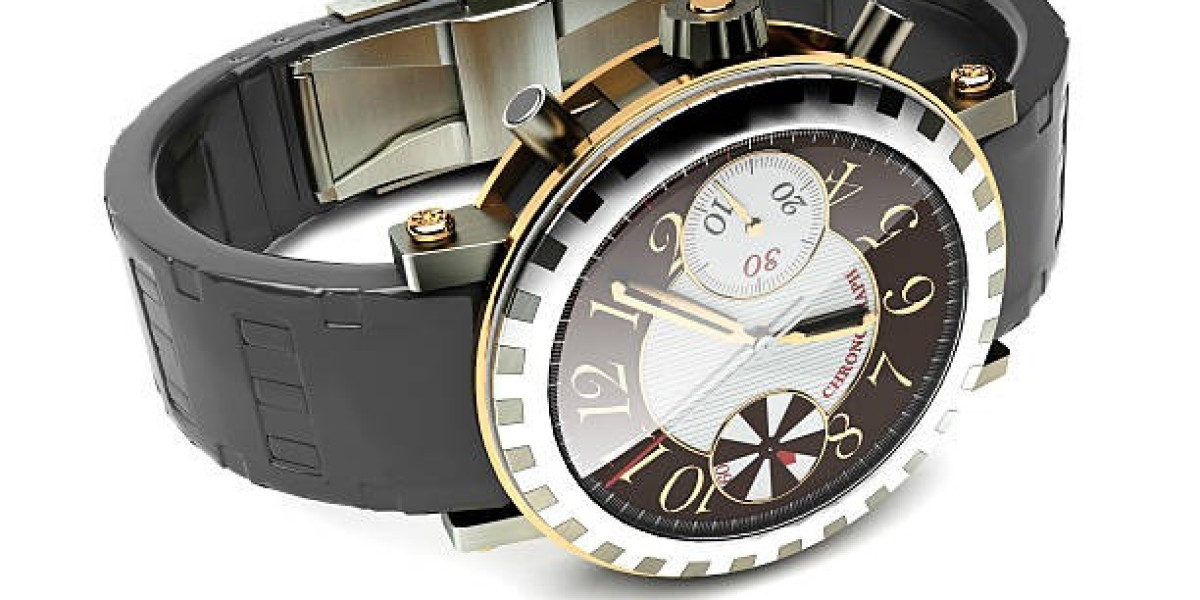Buying used Cartier watches requires careful evaluation to ensure authenticity, value, and longevity. Whether purchasing for personal use or investment, understanding key condition factors can help buyers make informed decisions. This guide explores the essential aspects of assessing the condition of pre-owned Cartier timepieces, helping enthusiasts and collectors find high-quality watches with lasting value.
Understanding the Importance of Condition in Used Cartier Watches
Cartier watches are known for their craftsmanship, luxury, and timeless appeal. When purchasing a second-hand Cartier, the condition directly impacts its resale value, performance, and aesthetic appeal. Buyers must assess both external and internal factors to determine if a watch is worth the investment. Scratches, dial wear, movement accuracy, and service history all play a crucial role in evaluating a watch’s overall condition.
Key External Features to Inspect
Case and Bezel Condition
The case and bezel protect the inner workings of the watch while contributing to its visual appeal. When assessing a used Cartier watch, buyers should look for:
Scratches and Dents – Minor scratches are common, but deep dents or significant wear can indicate poor maintenance.
Polishing History – Excessive polishing can alter the case shape and reduce its original appeal.
Bezel Functionality – For models with rotating bezels, ensuring smooth movement is essential.
Dial and Hands Condition
A well-preserved dial adds to a Cartier watch's authenticity and value. Key factors to check include:
Fading or Discoloration – Some aging signs may add character, but excessive fading may lower value.
Luminous Material Integrity – Older models with luminescent hands should glow consistently.
Hand Alignment – Hands should move smoothly without misalignment or hesitation.
Bracelet or Strap Quality
The strap or bracelet affects both comfort and overall watch aesthetics. When examining a pre-owned Cartier, consider:
Bracelet Stretch – Metal bracelets may loosen over time. Excessive stretch indicates heavy wear.
Leather Strap Condition – Cracks, stiffness, or discoloration suggest replacement may be needed.
Clasp Functionality – A secure clasp ensures safety and comfort.
Internal Condition and Movement Accuracy
Checking the Movement Performance
Cartier watches come with precise mechanical or quartz movements, requiring careful evaluation:
Mechanical Movements – Should run smoothly without irregular ticking or power reserve issues.
Quartz Movements – Battery-powered models should have no lag or erratic movement.
Timekeeping Accuracy – Watches should operate within the expected accuracy range, typically within a few seconds per day for mechanical models.
Service History and Documentation
A well-maintained Cartier watch should have a documented service history. When evaluating a used timepiece, buyers should:
Check the Last Service Date – Mechanical watches need servicing every 5-7 years.
Look for Authorized Service Records – Repairs from Cartier or certified specialists ensure quality.
Verify Original Components – Watches with replaced parts may lose value if non-original components are used.
Authenticity Verification for Used Cartier Watches
Serial Number and Engravings
Authentic Cartier watches have unique serial numbers engraved on the case. Buyers should:
Verify with Cartier Records – Serial numbers can be checked with Cartier to confirm authenticity.
Inspect Font and Spacing – Counterfeit watches often have incorrect or uneven engravings.
Hallmarks and Logos
Cartier’s craftsmanship is reflected in its fine details:
Crisp and Even Engravings – Logos, hallmarks, and case back inscriptions should be sharp.
Correct Spelling and Placement – Any misspellings or misaligned text indicate a fake.
Sapphire Crystal and Watch Glass
Most Cartier watches use scratch-resistant sapphire crystal. Buyers should:
Check for Anti-Reflective Coating – A blue-tinted reflection often indicates genuine sapphire.
Tap Test – Sapphire crystal produces a distinct sound compared to regular glass.
Evaluating the Resale Value and Investment Potential
How Condition Affects Resale Price
A well-maintained Cartier watch holds value better than one with visible damage. Important resale value factors include:
Original vs. Replaced Parts – Watches with all original components retain higher value.
Limited Editions and Vintage Models – Rare models in good condition appreciate over time.
Market Demand Trends – Some Cartier collections, such as the Santos or Tank, are consistently sought after.
Best Places to Buy and Sell Used Cartier Watches
To ensure authenticity and fair pricing, buyers should consider:
Reputable Online Marketplaces – Trusted platforms with authentication services.
Luxury Watch Retailers – Authorized pre-owned watch dealers.
Private Sellers with Documentation – Direct transactions should always include verification steps.
Preserving the Condition of a Used Cartier Watch
Proper Storage and Maintenance
Maintaining a Cartier watch ensures longevity and value retention:
Store in a Watch Box – Prevents dust, moisture, and accidental damage.
Regular Cleaning – Wipe with a microfiber cloth and avoid harsh chemicals.
Service Every Few Years – Ensures smooth movement and prevents internal wear.
Protective Measures for Daily Use
Avoid Water Exposure – Even water-resistant models should not be submerged unnecessarily.
Keep Away from Magnets – Magnetic fields can affect mechanical accuracy.
Rotate Wearing Schedule – Alternating between watches reduces wear on any single piece.
Final Thoughts on Evaluating Used Cartier Watches
Assessing the condition of used Cartier watches requires attention to detail, from external aesthetics to internal movement performance. A well-maintained pre-owned Cartier can serve as both a luxurious accessory and a valuable investment. Buyers should focus on authenticity, service history, and overall condition to ensure a worthwhile purchase. With careful evaluation and proper maintenance, a Cartier timepiece can retain its elegance and function for years to come.








